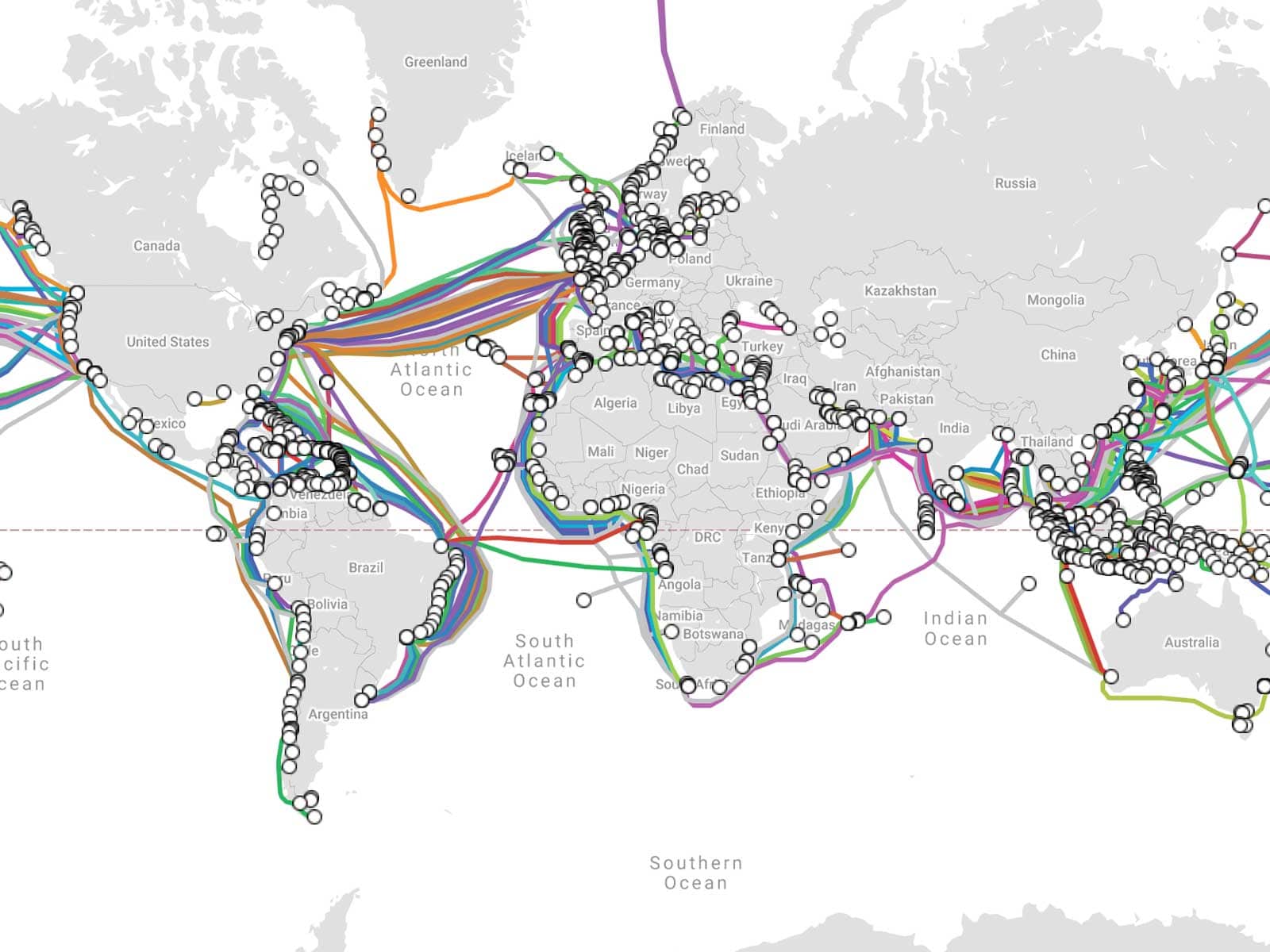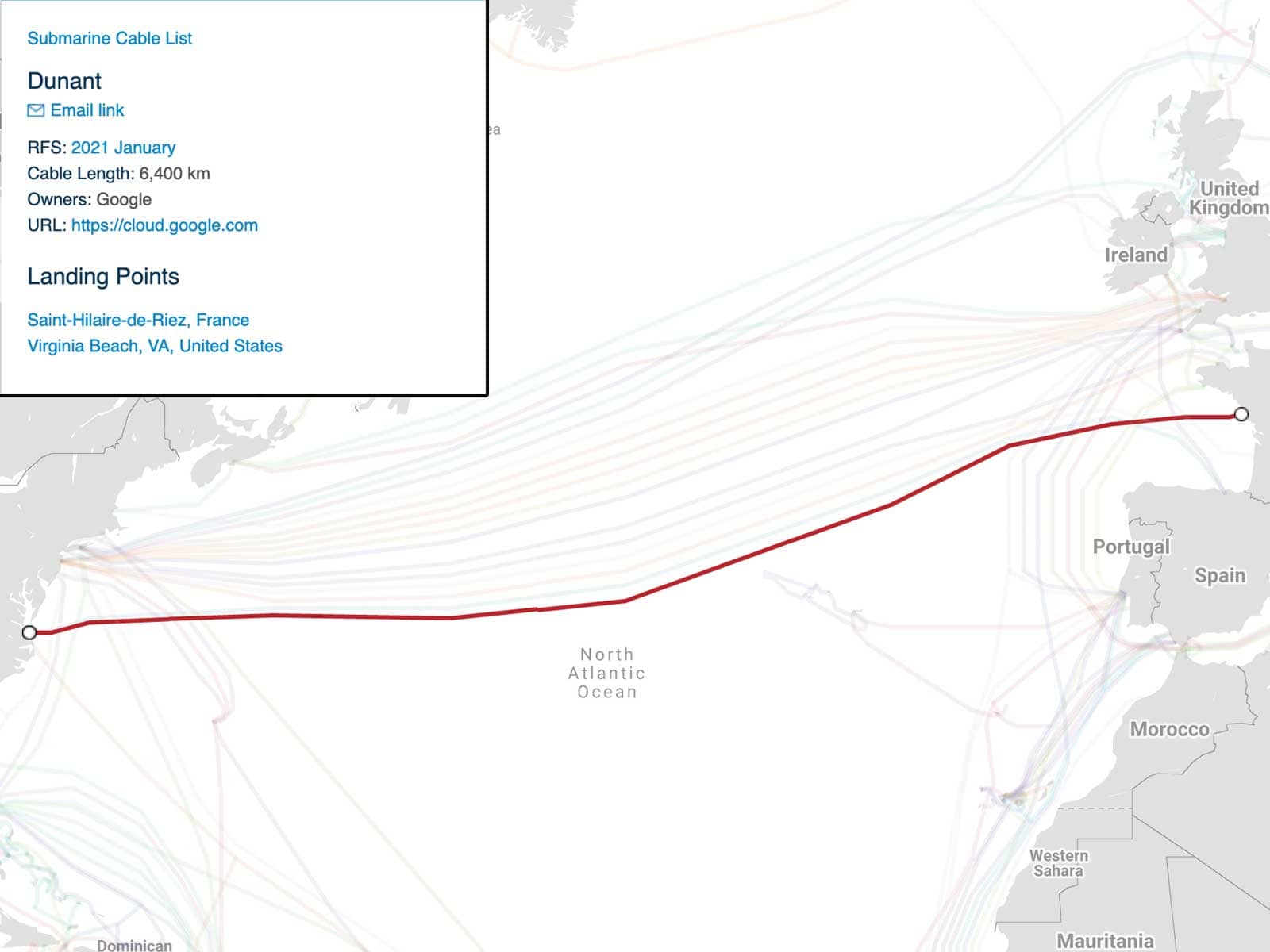Down in the cloudsPublished on 30 June 2021

This website is served up to your gorgeous, aluminum-encased slab of tech from a serverless lambda brought to you by Netlify. And no, this isn't an ad for Netlify, but rather a stab at the term serverless, which is nothing but a marketing term for "servers that you don't need to think about. Just don't think about them. They'll always be there, but hey, just one more thing your glorious product doesn't need to be preoccupied with."
The point that I'm trying to make is that in good-old, Silicon Valley fashion, the term doesn't mean what it's supposed to mean. Just like the term "Cloud." All kinds of adjectives come to mind when you think of a cloud, don't they? Pretty, puffy, weightless... Wireless.
Right?

You remember cables? No, I'm not talking about the pristine-white, can't-even-take-it-across-the-room power cable of your gazillion-dollar Apple device. Or that adapter you're carrying around (because you bought an Apple device). Or the dozen USB-C and lightning cables you got lying around (because... Well, you get the gist). These are - "Psh, whatever" cables. They aren't even "cables," you know? They're accessories (you might want to look at what Apple charges for a cable. Hint: better save all that money and invest it into a Birkin bag. Or food.)
But then, you'll wonder, what are these mythical "cables" you're talking about, Andrey?
I'm talking about these cables.

For all the talk about the Cloud and as of late, 5G, about 99% of your data still transmits through cables. And 750.000 miles of those are under the sea.
I mean, just look at that image. I bet if James Cameron went down to the Titanic one more time, he'd find a bunch of FAANG cables laying on top of the ship, like spaghetti.
We've come a long way since 1858 when the first trans-Atlantic cable was laid down at the bottom of the Atlantic ocean, to the genuine surprise of whatever scary-ass fish reside down there.
Telecommunications companies led the fray in the 20th century. As you can imagine, these days the telegraph's gone the way of the dinosaurs (and when was the last time you called someone on a landline?), which is why tech companies are slowly taking lead in how much cable they can spider-web all over the seafloor. Your precious Cloud is resting in the Mariana Trench.
This all eats a shit-ton of money. According to the New York Times, similar subsea projects cost "up to $350 million, depending on the length of the cable". That's nothing for the likes of Google. Remember, these are the guys who have shelled out $10 billion to the EU for all kinds of violations and are still very much in business. $350 million? Psh. Hold my Android. And while you do, take a look at the below image of a cross-Atlantic Google cable. It's pretty telling:

Google has the power to lay 6.400 km of cable and not bat an eyelash. And what have you heard about this project? A project that takes your precious Google data and kicks it back and forth between continents?
A whole lotta nothing.
This is the point where we have to pause and get something straight: there's nothing wrong with a private corporation laying its own infrastructure to serve its own needs and its own users. Telecommunications companies have been doing this for the past century - why not tech companies?
And while I do have a couple of suggestions for answering that question - most of them rooted in the ever-increasing power of Big Tech - this piece isn't trying to do that. However, while the media rants on about the battle above-ground for 5G airwaves and who's going to snatch up those precious contracts (sorry, Huawei), I can't shake the feeling that there's a more subdued race to domination over who transfers your data, where, when, and for how much, going under the surface of our seas.
Oh well, it might be just my imagination. I'll be the first to admit that it can take me places.
At the end of the day, my main gripe with all this is more akin to a cry of the soul, a wound to the imagination, and the sadness that comes with realizing that we've been sold short. Your wireless WiFi router isn't really wireless when it needs a damn cable to even function. It's wireless alright, but only as far as the four walls of your apartment are concerned. That blazing-fast 5G signal? Well, it's still going to hit a cable at one point or another. It's an illusion of independence, of weightlessness, like a hot air balloon that is tied down to prevent it from soaring further into the skies.
And all in all, the wireless future we've all been promised looks very... Grounded. Those rocket emojis posted by every single unicorn startup in an industry built on hopes, dreams, and promises to take you to the moon, take a whole different meaning when you pause and look at the WiFi router in your own apartment, and the RG-45 cable sticking out of its back.
I guess you can only fly as long as you're tethered to the ground.
- Fin -